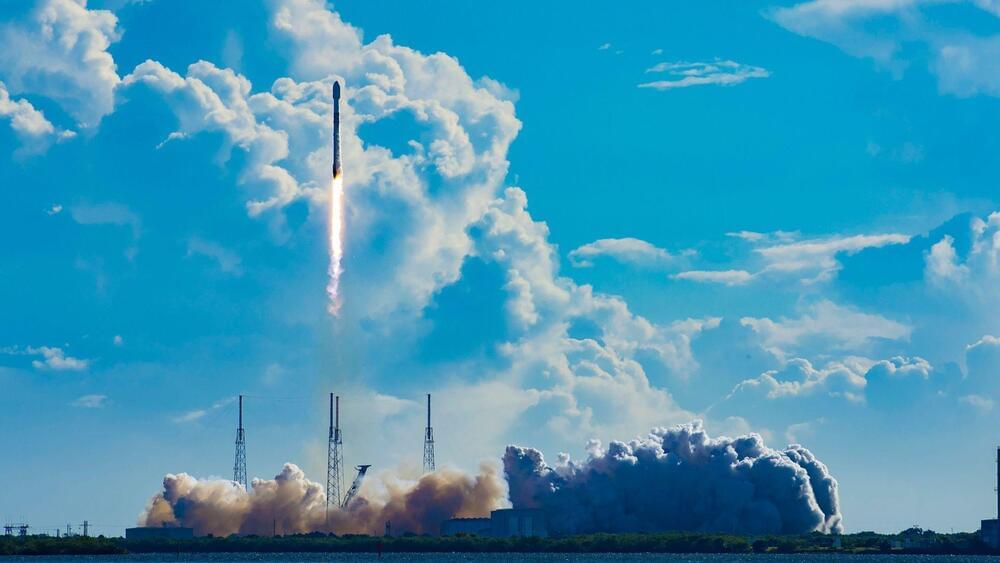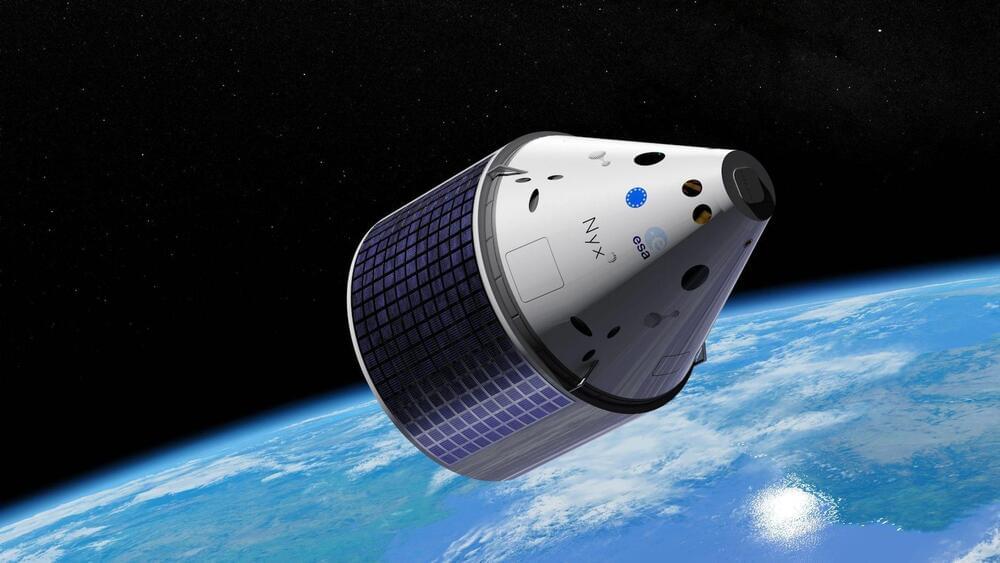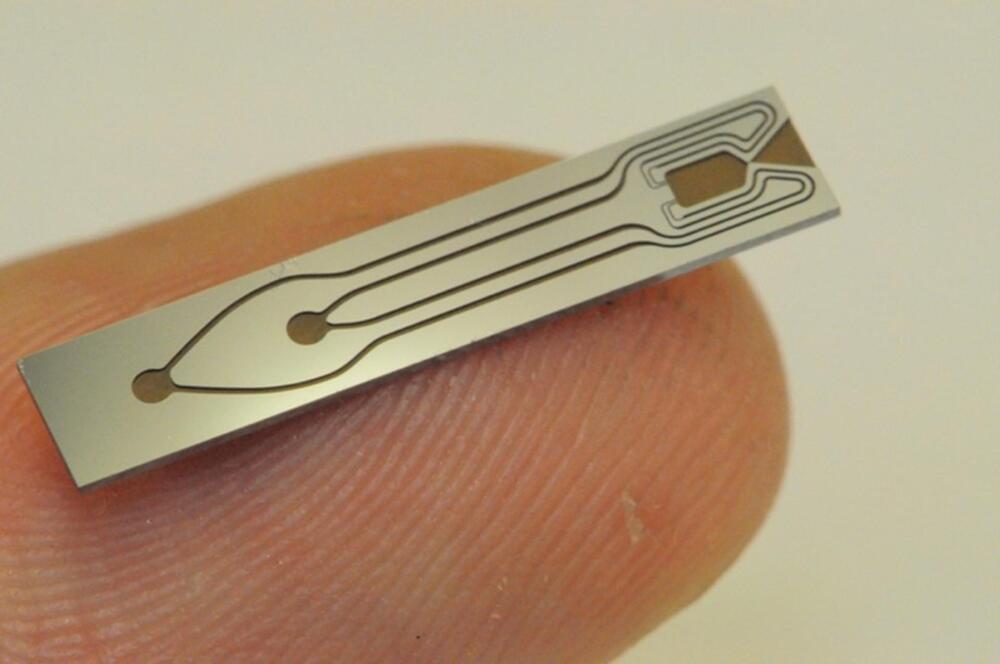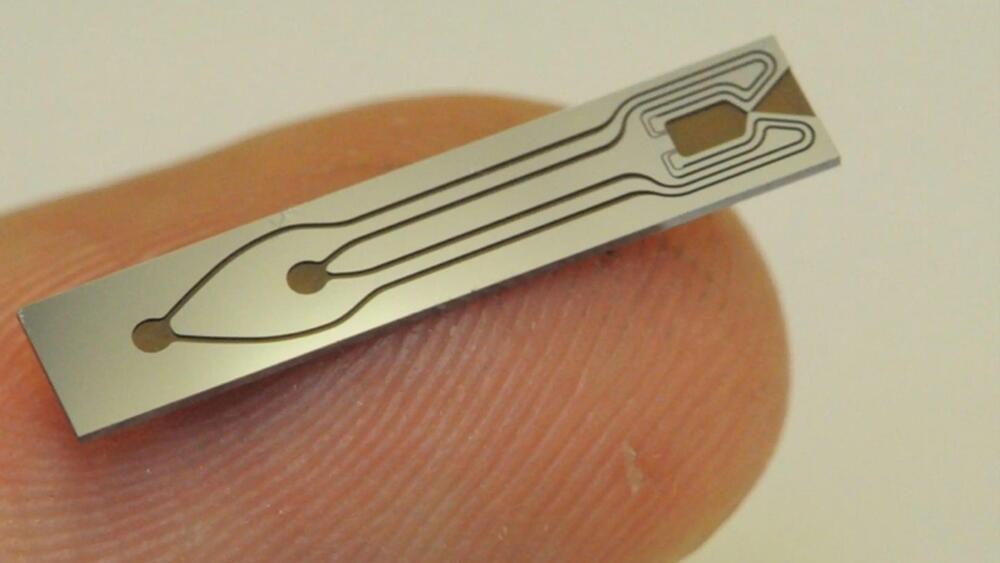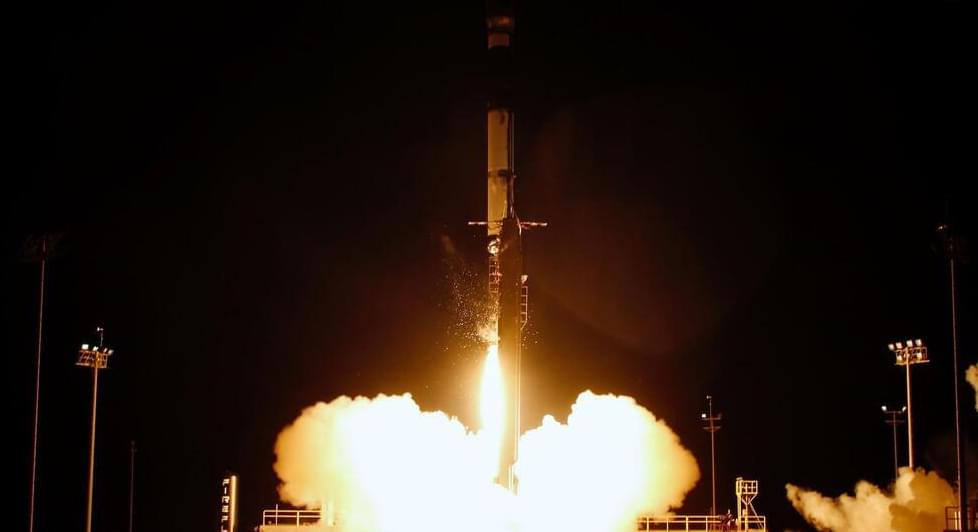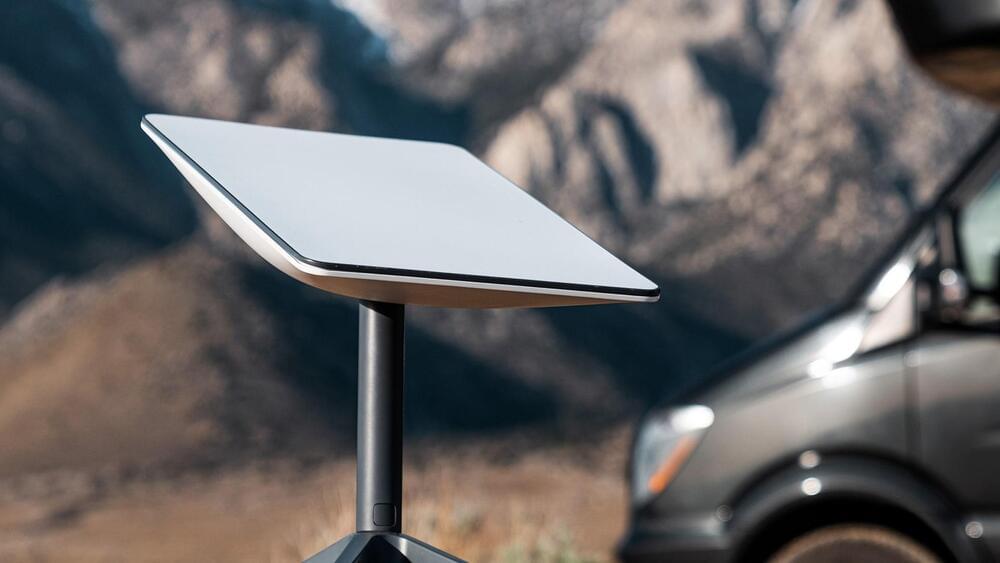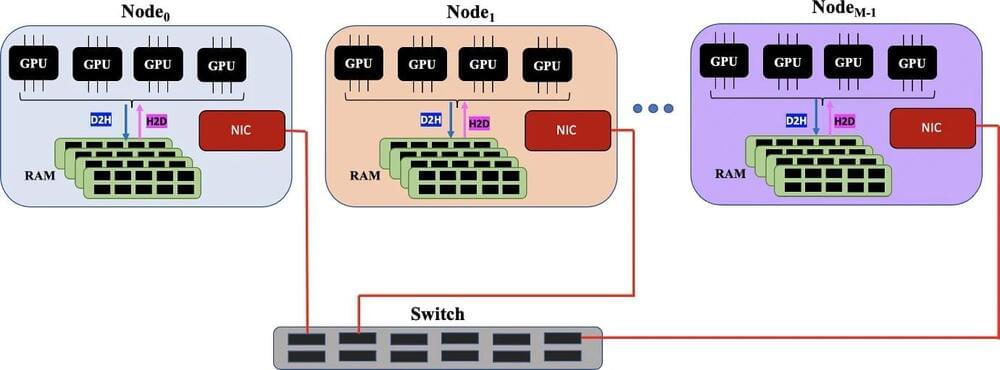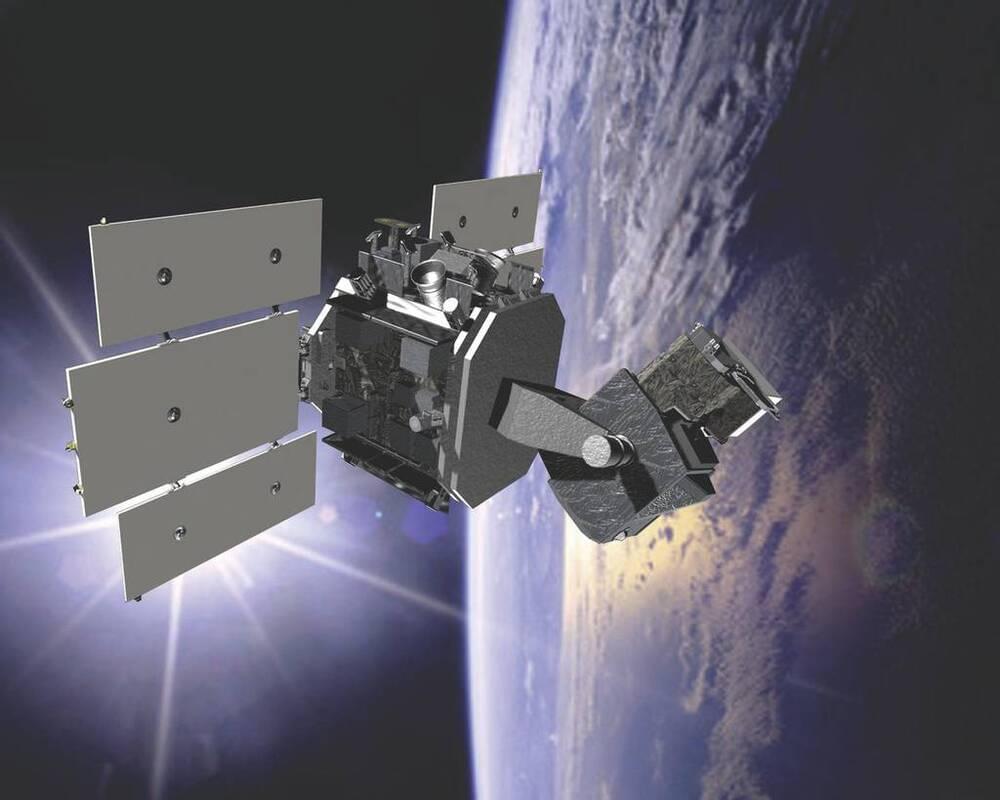Sep 19, 2023
Telesat inks deal with SpaceX for its Lightspeed constellation
Posted by Gemechu Taye in categories: Elon Musk, satellites
SpaceX’s Falcon 9 rocket will perform 14 launches for Telesat, taking 18 satellites each to the low-earth orbit.
Aerospace seems to be the new buzzword in the technological arena, with multiple new entrants aiming to make a mark in the industry.
To that extent, Canadian satellite operator Telesat and Elon Musk’s SpaceX, which designs and manufactures rockets and spacecraft, have agreed to deliver the former’s Lightspeed constellation to low-earth orbit.
